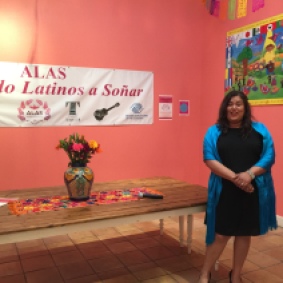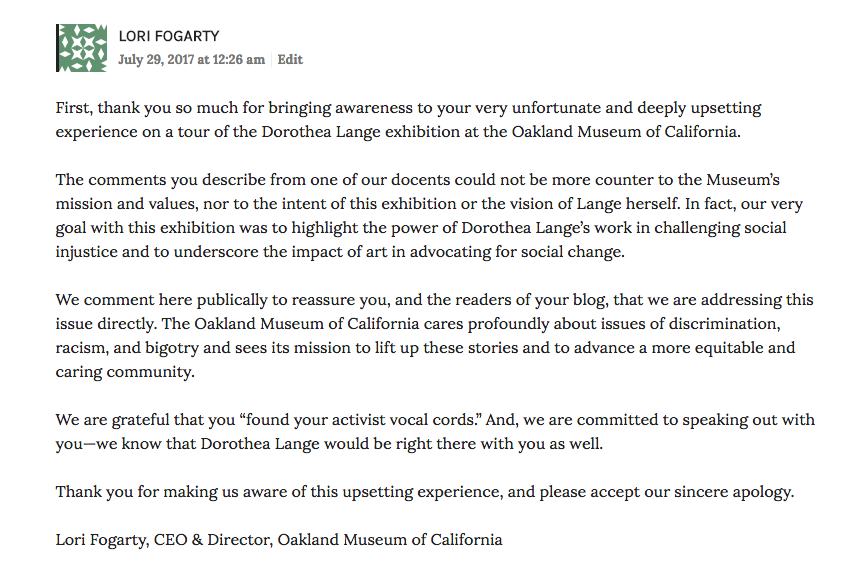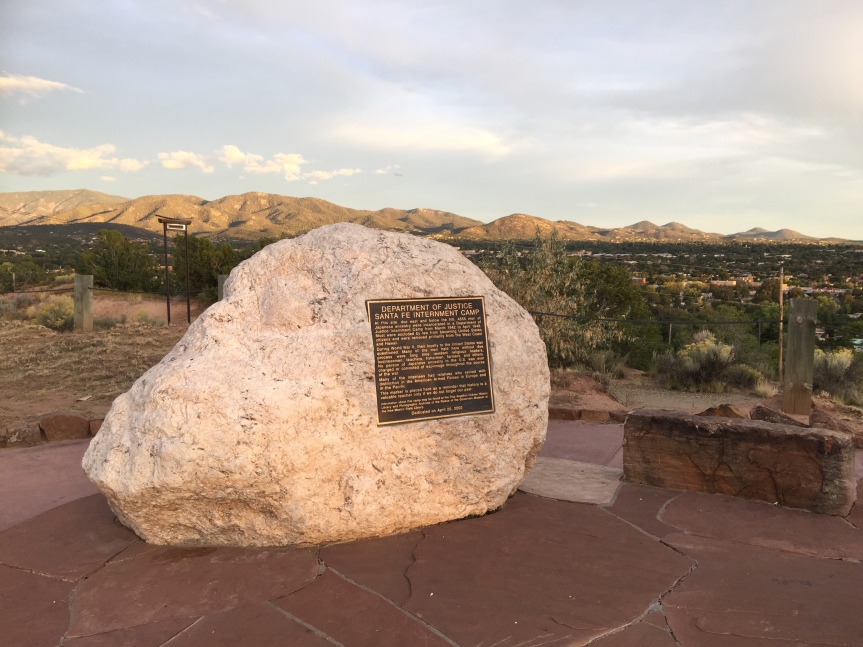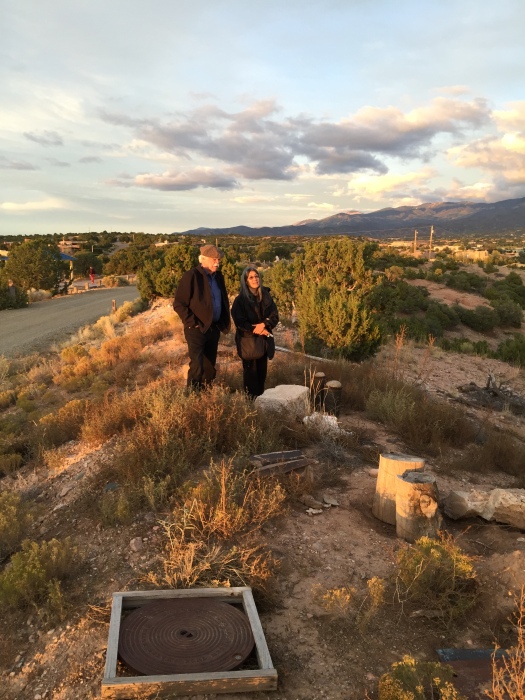What’s a lovely evening? Walking 3 blocks from my art studio to experience culture, music, art, and cuisine.
First I went to the grand opening of the Ayudando Latinos A Soñar, A Latino Cultural Arts and Social Services Program in Half Moon Bay. I met founder and director Belinda Hernandez-Arriaga, when artist Ellen Silva and therapist Roberta Gelt invited me to work on a mural for the organization. It was a community building effort at the beginning of the Trump election and his blatant discrimination against Mexicans and undocumented immigrants. Today was a special evening because the mural is now in a permanent home on the walls of the ALAS new office. Hurrah!
“Ayudando Latinos A Soñar, A Latino Cultural Arts and Social
Services Program in Half Moon Bay is dedicated to supporting the youth and families of our beautiful coastal community in Northern California
We are proud of the cultural wealth and strength of the families and
children of our community. Every day we witness youth in our program
rise as leaders and soar above with dreams for a future of achievement.”

Next I went to the Odd Fellows women’s clothing swap. though I was a bit late, I still got a bag ‘O clothes and some cool boots.
Next door, I stuck my head in to hear the smooth live jazz playing at Cafe Society. Everyone looked blissed out with wine glass in hand.
I circled around to go back to the studio and was welcomed by sounds of piano, trumpet, and sax wafting into the parking lot. It’s not every night that one gets greeted by live music.
Later the musicians walked across Highway One to Tres Amigos to fill their bellies and even remembered to bring me back some food – a chili relleno and some left over beef fajitas. I count my blessings I live in Half Moon Bay on this gentle, pleasant evening.







 I was given an opportunity to express my activism real time this weekend. Spontaneously speaking up and responding verbally is much harder for me than creating art. Being in an uncontrolled situation and putting myself out there was daunting. But I had to take action.
I was given an opportunity to express my activism real time this weekend. Spontaneously speaking up and responding verbally is much harder for me than creating art. Being in an uncontrolled situation and putting myself out there was daunting. But I had to take action.







